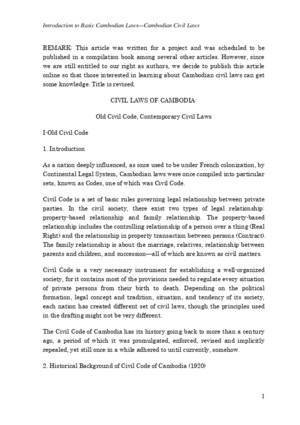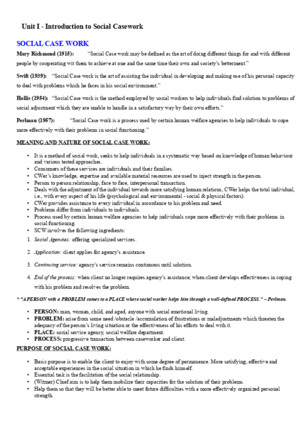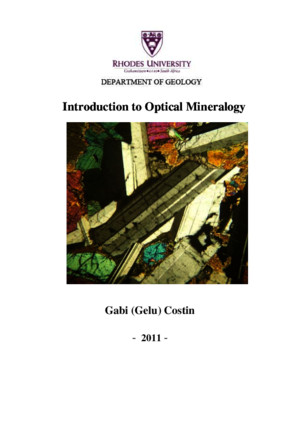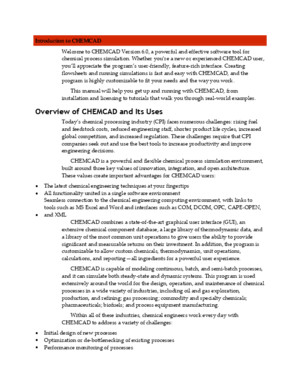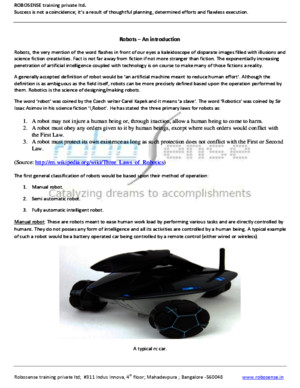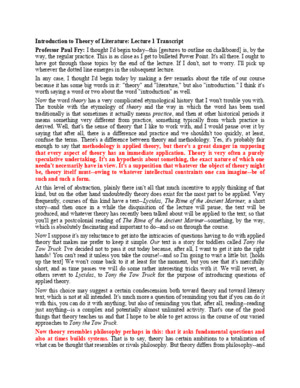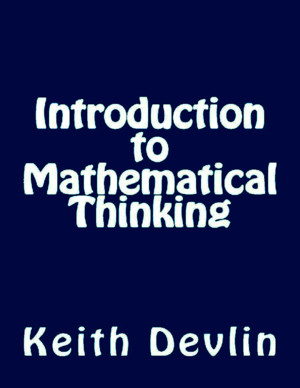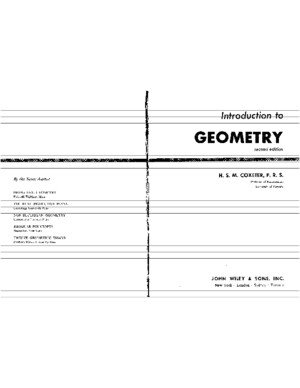Introduction to Cambodian Civil Law-Civil Code
There is document - Introduction to Cambodian Civil Law-Civil Code available here for reading and downloading. Use the download button below or simple online reader.
The file extension - PDF and ranks to the Documents category.
Tags
Related
Comments
Log in to leave a message!
Description
Introduction to Basic Cambodian Laws—Cambodian Civil Laws REMARK: This article was written for a project and was scheduled to be published in a compilation book among several other articles However, since we are still entitled to our right as authors, we decide to publish this article online so that those interested in learning about Cambodian civil laws can get some knowledge Title is revised CIVIL LAWS OF CAMBODIA: Old Civil Code, Contemporary Civil Laws I-Old Civil Code 1 Introduction As
Transcripts
Introduction to Basic CambodianLaws—CambodianCivilLaws 1 REMARK:ThisarticlewaswrittenforaprojectandwasscheduledtobepublishedinacompilationbookamongseveralotherarticlesHowever,sincewearestillentitledtoourrightasauthors,wedecidetopublishthisarticleonlinesothatthoseinterestedinlearningaboutCambodiancivillawscangetsomeknowledgeTitleisrevisedCIVILLAWSOFCAMBODIA:OldCivilCode,ContemporaryCivilLawsI-Old Civil Code1 Introduction As a nation deeply influenced, as once used to be under French colonization, byContinentalLegal System, Cambodian lawswere once compiled into particularsets, known as Codes, one of which was Civil CodeCivil Code is a set of basic rules governing legal relationship between privateparties In the civil society, there exist two types of legal relationship:property-basedrelationship and familyrelationship The property-basedrelationship includes the controlling relationship of a person over a thing (RealRight) and the relationship in property transaction between persons (Contract)The familyrelationship is about the marriage, relatives, relationship betweenparents and children, and succession—all of which are known as civil mattersCivil Code is a very necessary instrument for establishing a well-organizedsociety, for it contains most ofthe provisions needed to regulate every situationof private persons from their birth to death Depending on the politicalformation, legal concept and tradition, situation, and tendency of its society,each nation has created different set of civil laws, though the principles usedin the drafting might not be very differentThe Civil Code of Cambodia has its history going back to more than a centuryago, a period of which it was promulgated, enforced, revised and implicitlyrepealed, yet still once in a while adheredtountil currently, somehow2 Historical Background of Civil Code of Cambodia (1920) Introduction to Basic CambodianLaws—CambodianCivilLaws 2Before French Colonization (1863-1953), Cambodia was ruled by the Monarchic RegimeEvery important law took its source from the King’s authority In the interaction betweengrassroots, a number of so called “CP ĀP’ 1 ” plays a very crucial role in the civil matter,especially 2 After the collapse of Cambodia to French colonization in 1863, the influence of royal family over the reign of the country had faded, yet the Frenchcolonization took control over the Khmer nation resulting in the changes of legal system of Cambodia thereto The dominant French government importedto Cambodia its Romano-Germanique (continental) law system Significantly,a Napoleon-oriented first civil code of Cambodia was drafted and promulgatedbyroyal ordinance No 17 of the King SISOWATH on February 25, 1920 titledas “Civil Code of Cambodia,” 3 hereinafter referred to as theoldCodeNotsurprisingly, this first Code was influencedby the Code de Napoléonof Franceand, indifferent fromother laws, was written in French languageTherefore, the Code was not familiar to ordinary Khmer people, for only ahandful of welleducated persons understood French 4 The principle of “equality before the law” was, thus, not attained No doubt, “CP ĀP” remainedthe first reference for ordinary Khmer people 5 Seeing such a mess and in the objective of rehabilitating the popularity of Khmer literature, Eng Sot, a then officer of the Ministry of Justice, translatedand published the Khmer version of the Civil Code in 1967 6 1 “CP Ā P” is a Khmer word It means “Law”, if literally translated “CP Ā P” as presented here refers to moralteaching or code of conducts mostly written in the forms of saying or poem For more detail, see SAVAROS POU, Guirlande de CPĀP’, Cedoreck (Centre de Documentation et Recherche de la Civilisation Khmère), 1988 2 See SAVARO S POU, Guirlande de CPĀP’, Cedoreck, 1988 3 This srcinal title in French version is “Nouveau Code Civil,” See Marcel Clairon, NOTIONSESSENTIELLES DE DROIT CIVIL KHMER , 1959, at page 10 4 Formal education at that time was based on French language However, only a handful of rich city youthshad opportunity to go to those schools Yet, some middle-classed men went to get informal education inBuddhist pagodas 5 See SAVAROS POU, Guirlande de CPĀ P’, Cedoreck, 1988 6 See Eng Sot, Study of every article of the Civil Code, 1967, in his forward Introduction to Basic CambodianLaws—CambodianCivilLaws 3 After approximately four decades of the enforcement, the Code underwent arevision in 1967 French colonization formed, by royal ordinance of April 2,1956 of Samdech Preah Upayuvareach Norodom Sihanouk, a commission totake charge of this revision This commission was known in Englishtranslation as “Commission for the Reform of Civil Code” 7 The Code contained 1365 articles and was divided into three books: Book I(Persons), Book II (Liens) and Book III (Obligations) Book I of the Code embraced provisions concerning civil rights, domicile, absence or disappearance, family, capacity,and rights and obligations (pertaining to succession matters) Particularly, the section inrespect of family matters, the Code enlists the provisions in relation to engagement,marriage, divorce, parent-child relationship, adoption and parental power This civil code had been in force until 1975 the time at which Cambodia fell into the control of Maoist Khmer Rouge regimeThe Khmer Rouge ruled the nation with their extreme Moa-oriented doctrinein which the Code and other laws were no longer needed After the collapse of this dark regime in 1979, there has been no civil code forCambodia to apply in civil matters until currently 8 However, in order togovern some particular aspects of civil matters, the Republic of Kampuchea(1979-1989), had produced some legal regulations which are still in force untilcurrentlyII-Contemporary Lawson Civil Matters Applicable in CambodiaSince 1989 until present, Cambodia has had solely few important laws to dealwith civil matters In civil disputes, the courts rely mainly on those laws toadjudicatethe civil disputes1 Family LawThe contemporary family law of Cambodia is known as Law on Marriage andFamily 1989, hereinafter referred to as the Family Law 1989 This law wasadopted by the National Assembly on July 20, 1989 and promulgated by 7 Original version in French is “Commission de R é forme du Code Civil,” See Marcel Clairon, NOTIONSESSENTIELLES DE DROIT CIVIL KHMER , 1959, at page 11 8 The reader should be aware that the date of writing of this article is as of March 2007
Recommended

